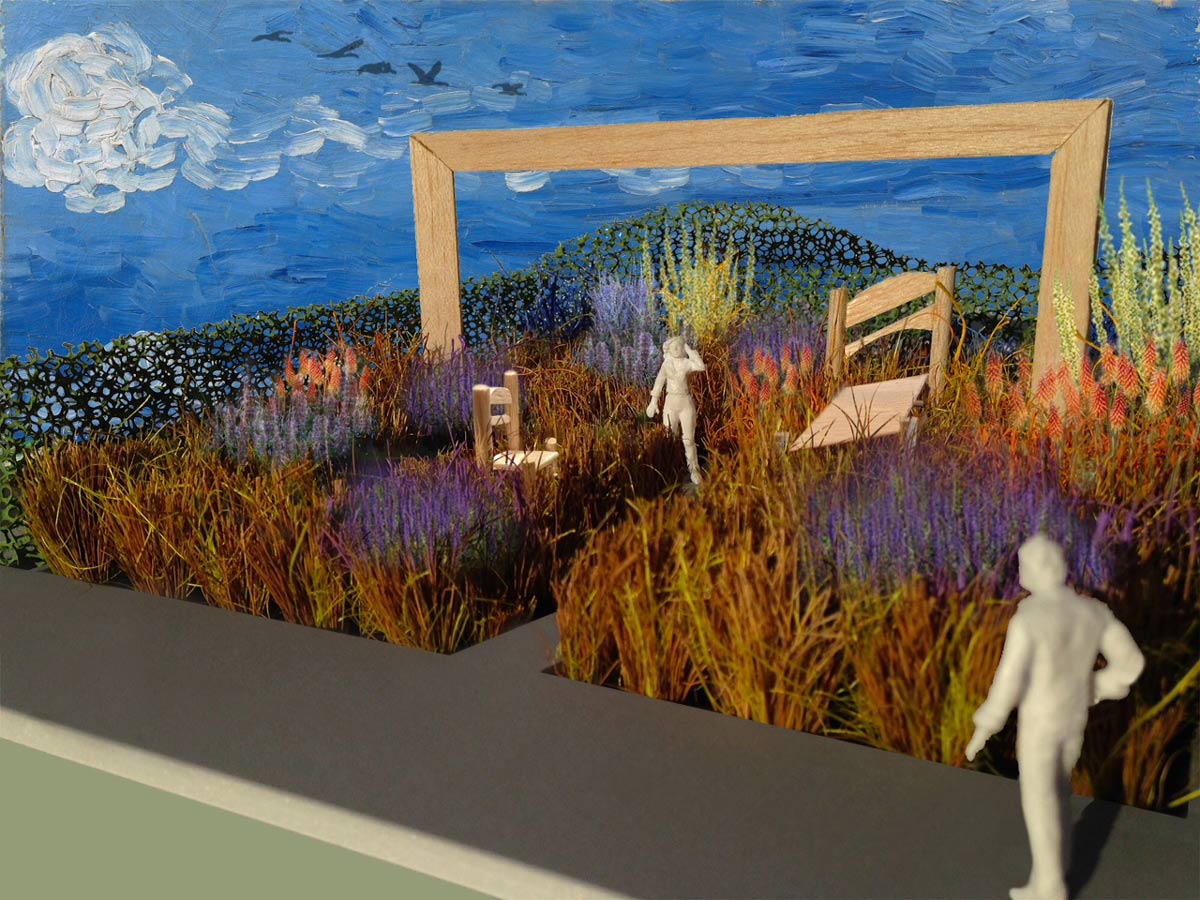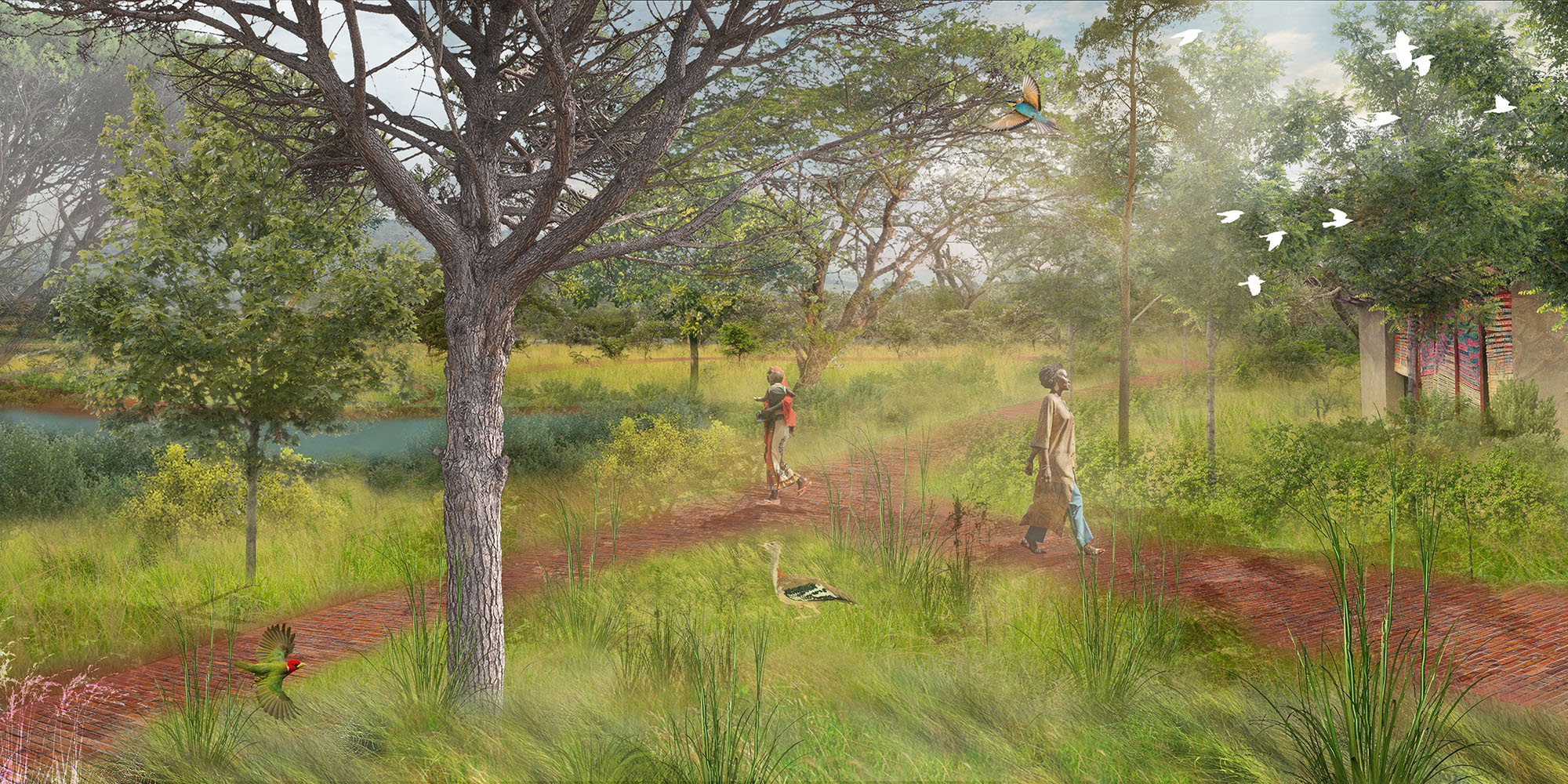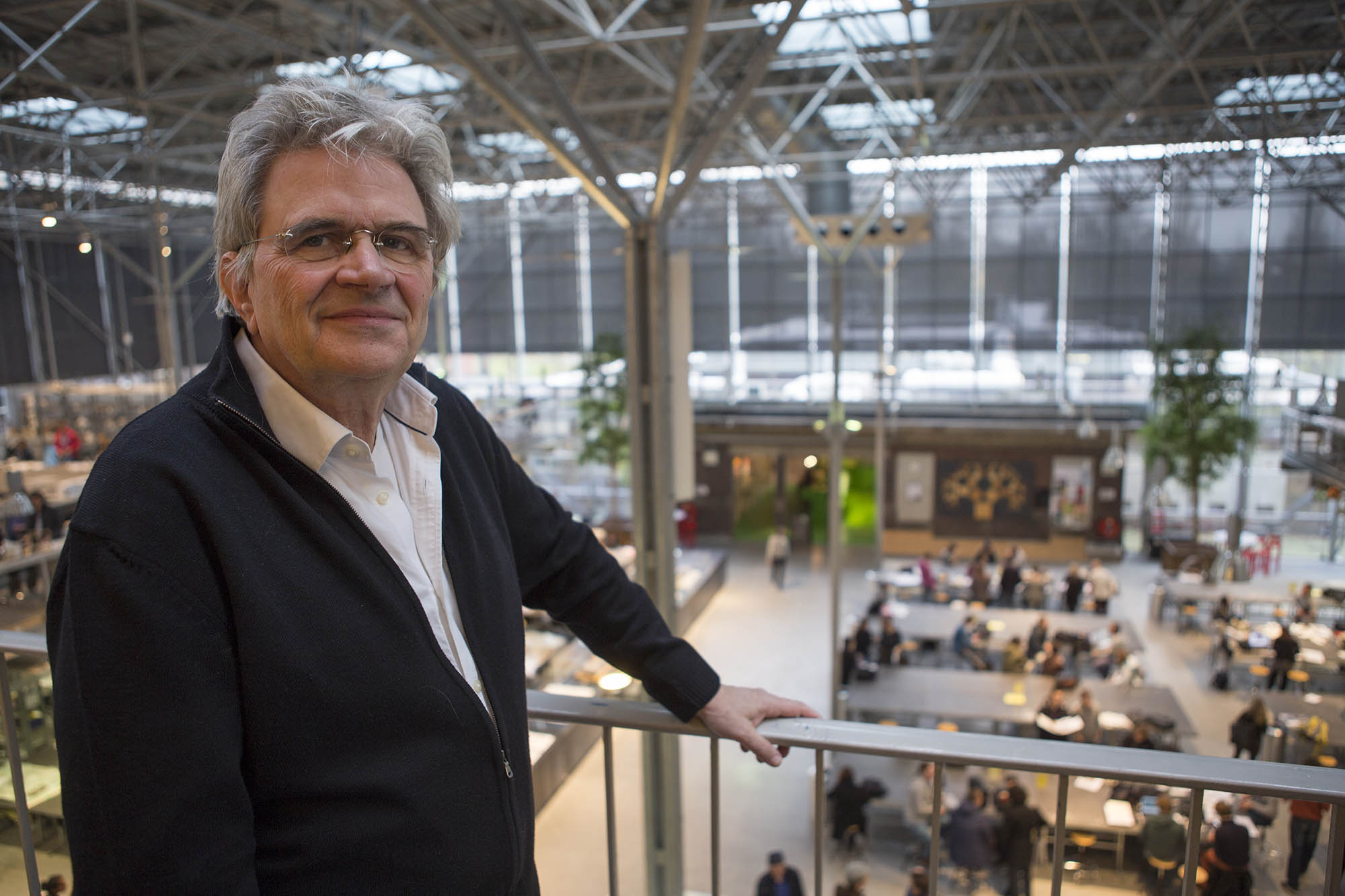
After I moved in in my current apartment 15 years ago, I planted two vines (Parthenocissus tricuspidata ‘Veitchii’) on either side of my front door, to cover the rather ugly façade of my apartment block. One was weeded out time and again by the parks service, but – since the boundary between two park service departments runs exactly through my front door – their colleagues left the other in peace. My neighbours (on the right side of the boundary) joined in, and planted two vines next to their front door as well.
The vines never stopped growing, covering the front façade, then the side façade, and are now marching over the back. Stories that they affect the mortar between the bricks are fairy tales: Parthenocissus anchors itself with suction pads and not with roots. All the maintenance they need is cutting away regularly from doors and windows, or they will cover them in no time.
They protect our brittle façade, and stop the heavy winds from pushing the rain water through the façade (yes, that really happened before!). In Summer they produce an enormous number of purple berries, that are eaten at high speed by a growing bird population. In the right weather conditions, they turn a brilliant vermillion in Autumn. Not every Autumn though, every year we are wondering what shade of red this year will bring… And yes, when the leaves start to fall, they do make an awful mess on the sidewalk, that we collectively clean.
Green facades are popular, you see them in any architectural render that wants to sell the green conscience of the client: a fancy and expensive, high-maintenance, water-thirsty, not site-specific, add-on. But here I’d like to speak out for the other, less flashy, green façade, where plants grow where plants are supposed to grow: in open ground. Depending on the tools the plant uses to climb there are two types. For climbing plants that need support, like Wisteria or honeysuckle (Lonicera), a structure of wood or metal can be added onto the façade that carries the plants. For self-clinging plants with roots, such as ivy (Hedera), or suction pads, such as my vine (Parthenocissus), all that is needed is a hole in the ground.
Green facades have many benefits. A green environment supports the mental well-being of the urban dweller. They have a positive effect on the urban climate (heat stress). They contribute to water absorption, to CO2 reduction, to fine dust absorption, and to sound absorption. They form a layer of insulation. They support biodiversity.

The latter was acknowledged last Friday, when, to our pleasant surprise, we won the 2019 Amsterdam prize for the most beautiful green façade, awarded by Natuur & Milieuteam Zuid, in the category biodiversity. Because not only the vines had kept growing, also the bees keep on multiplying, harvesting nectar from the nondescript green blossom, and the – admittedly rather obnoxious – starlings now share the space with a growing colony of loudly twittering sparrows, feasting on the abundance of berries and living in the thick package of branches and leaves.





